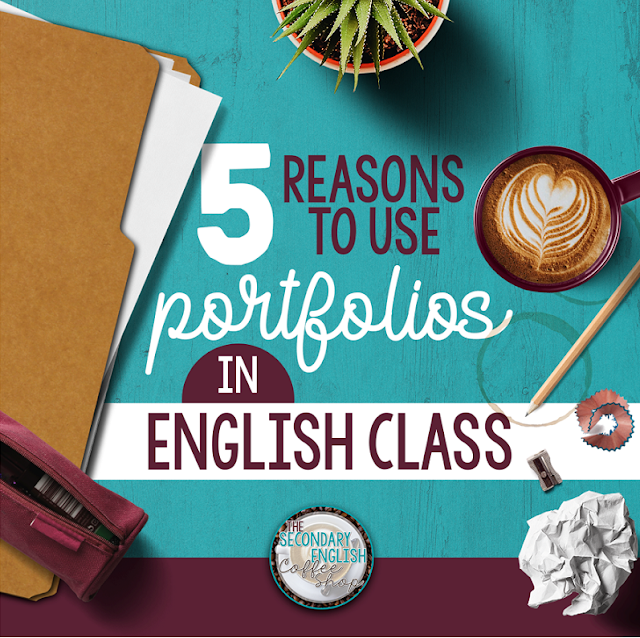So you'd love to let your students choose their own novels, but you've got a set curriculum to teach and full class novels to get through. Readers' Workshop is just not possible at this time, yet you'd still like to give your kids the freedom to read what they want. How do you do it? How do you squeeze it in? Read on for three ways you can make time for independent reading.
1. Read for fun with whatever time you can devote to it
The best way to incorporate choice reading into your class is to do it just for fun, with no grades involved. Start each class with silent reading - even if you can only devote five minutes of your class time to it each day. This isn't a lot of time, but if you don't require that students read a certain number of pages or books, the amount of time that you can spend on independent reading won't matter because they are just reading for enjoyment.
But how do you do that if you aren't holding your kids accountable for their reading? How do you convince them (as well as parents and admin) that it's ok to devote time to something you aren't assessing?
2. Use choice novels as mentor texts to teach skills:
You may have novels that you are required to cover, but you also need to teach your kids the skills that they will use to analyze those texts. For example, you might be teaching your students to determine the meaning of words and phrases as they are used in the text, including figurative and connotative meanings and to analyze the cumulative impact of specific word choices on meaning and tone. You can teach them this, using their choice novels as mentor texts.
Present your lesson as you normally would, and then have the kids look for examples of their author's deliberate word choice in the books that they are reading. Once they have located an example, they share it with a partner who will give them feedback on whether it's an effective example or not. You can also circulate while the kids are reading or working on an activity and ask each one to show you a place where their writer has made a deliberate word choice. Note the students who have had trouble identifying author craft so you can work with them later.
With this method, it doesn't matter what page students are on, or how many chapters have been read, because they just need to look for examples in the novels they are reading, and they can find those at any point in the book. You can even choose to have silent reading after your lesson, so students can watch for word choice as they read. This strategy gives students practice in recognizing the moves that writers make with books they enjoy, and then they can apply that skill when it's time to do so with their class novels. You can read about this process in more detail on this blog post.
3. Use choice novels as a basis for assessment of other outcomes:
I suggested above that you don't assess students based on what or how much they read. However, you can still keep them accountable if you use their reading as a way to assess other outcomes.
Let's look more closely at how you can assess a specific standard or outcome using choice texts:
Instead of asking your students to compare two full class texts, create assignments that allow them to use their independent novels. For example, you could start with this writing prompt: in what ways are the characters and events in your novel similar to those of our full class text? Brainstorm ideas; then, choose one to explore more fully.
You could also use choice novels as a basis for a longer writing assignment. For example, if you want to explore why Macbeth gives into temptation, give students this prompt: Is there a time when your character has to make a choice between doing the right thing and giving into temptation or peer pressure? Then, they can write a longer piece that compares their character's situation to Macbeth's.
What I love most about this activity is that text-to-text connections help students build critical thinking skills. The reality is that with most texts we do in class, the internet is FULL of answers for students. With one or two clicks, the thinking is done. However, when students write something that makes connections to their choice novel, they can't easily find something similar on the internet. Therefore, by requiring text-text connections, you will put students in a position where they need to do more critical thinking -- and you can still work on the skills that your curriculum requires. For example, if you ask them to compare a character from your class novel to one in their book, they will still need to understand and analyze character, use evidence from the texts and write an organized piece with fully developed ideas.
I hope this post has given you some strategies that you can use to make time for independent reading in your classroom. Click here to get more information about making connections, as well as a free editable assignment page for your students.
My friends here at the Coffee Shop have some products that might help you as well:
Secondary Sara: Book of the Month Club
The Classroom Sparrow: Reading Escape Room
Presto Plans: Independent Novel Discussion Questions
Addie Education: Chapter Response Pages For ANY Novel!
The Daring English Teacher: Character Analysis Growth Mindset Activities
Nouvelle ELA: Creative Reading Task Cards




.jpeg)









































